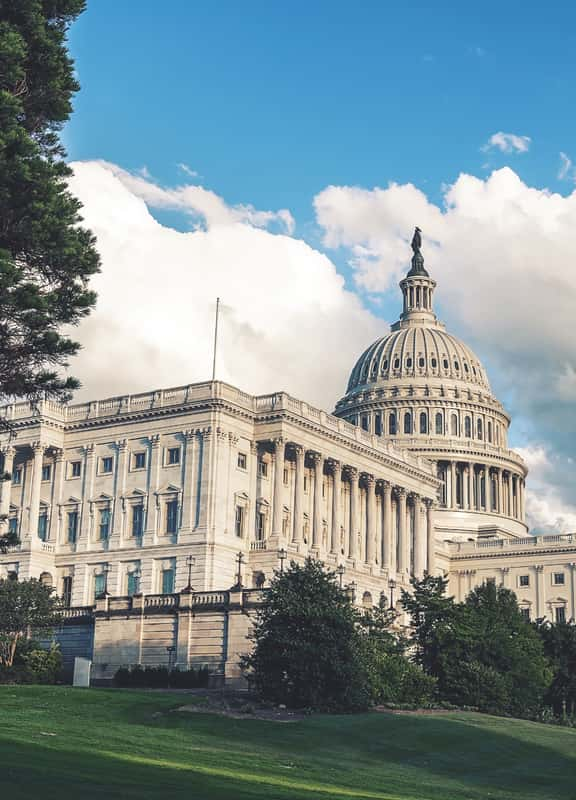
As we navigate through what seems to be a pivotal time in trucking, it’s important that we shed light on the topics in the back of our collective minds. It seems at times that, just like Voldemort from Harry Potter, these topics “must not be named”. That shouldn’t be the case. Instead of letting challenging questions continue lurking in the shadows, I say we bring them to light by talking about them.
Today, I want to talk about driver safety. Specifically, situations where it ceases to be priority number one.
Ever had to deliver a load through a snowstorm in the northeast? Ever been asked to make your way through flooded roads in Texas, or through wildfires on the west coast?
“It’s just a class 2 tornado, can you make the delivery?”
“Feeling sick? Can you deliver the shipment first, then go to the hospital?”
As a driver, have you ever been asked questions similar to these? Many drivers have, and have felt the pressure to choose productivity over their own safety and well-being. That should never be the case.
My background
I have a background of working for a third-party logistics (3PL) and a large asset-based brokerage. I’ve held multiple positions in my tenure in the logistics industry: carrier sales, customer sales, sales training, operations, and leadership roles.
By far, the two most influential roles in my career have been carrier and customer sales. They gave me a deep insight into life on both sides of that coin. Having experience with carriers and how they operated gave me a leg up in how I communicated with customers. It helped me build trust, and build it quickly. I could “talk the talk” simply because I “walked the walk”.
Why customer needs sometimes trump driver safety
As a customer-facing sales rep, it’s easy to get to a point in your relationship with a customer where you want to make their every wish come true. After all, their satisfaction ensures continued business and an ability to make commission. It is this cutthroat reality of pulling market share away from your competitors while increasing your commission check that can lead to drivers getting left behind.
For some, the need to deliver shipments on time overtakes driver safety as the top priority. Does this happen 100% of the time? Absolutely not. But it happens more often than it should.
As I write this, I think back to poor decisions that I made as a customer sales rep. It’s true, I am guilty of making the service of shipments a higher priority than the safety of a driver. Looking back, it’s not something that I’m proud of, but it happened.
What caused me to make those rare decisions? For me, it was the fear of losing a customer. Choosing to try to keep service scores high and make a customer happy meant that I would have an opportunity to grow with them.
After thinking about it, it’s clear to me that my relationship with customers shouldn’t have had to be jeopardized by making sure a driver gets to make the safest choice possible.
What can we do differently to make driver safety our #1 priority?
How should I have handled the situation? Soon after, I learned that it’s more beneficial to be a strategic advisor for your customer as opposed to being a “yes man”.
We already work in an overly complex industry with major regulations that change constantly. The most important piece of advice that I received over the years was to properly set expectations.
Setting proper expectations with a customer on driver safety, rules, and guidelines will help eliminate these situations. And this applies to whether you’re working with a carrier, a customer, co-workers, or others.
At the end of the day, who am I (or the customer) to push a driver to take risks that we don’t understand? Deciding what level of risk a driver is willing to take is a job for one person, and one person only: the DRIVER. Not dispatch, a broker, or the customer.